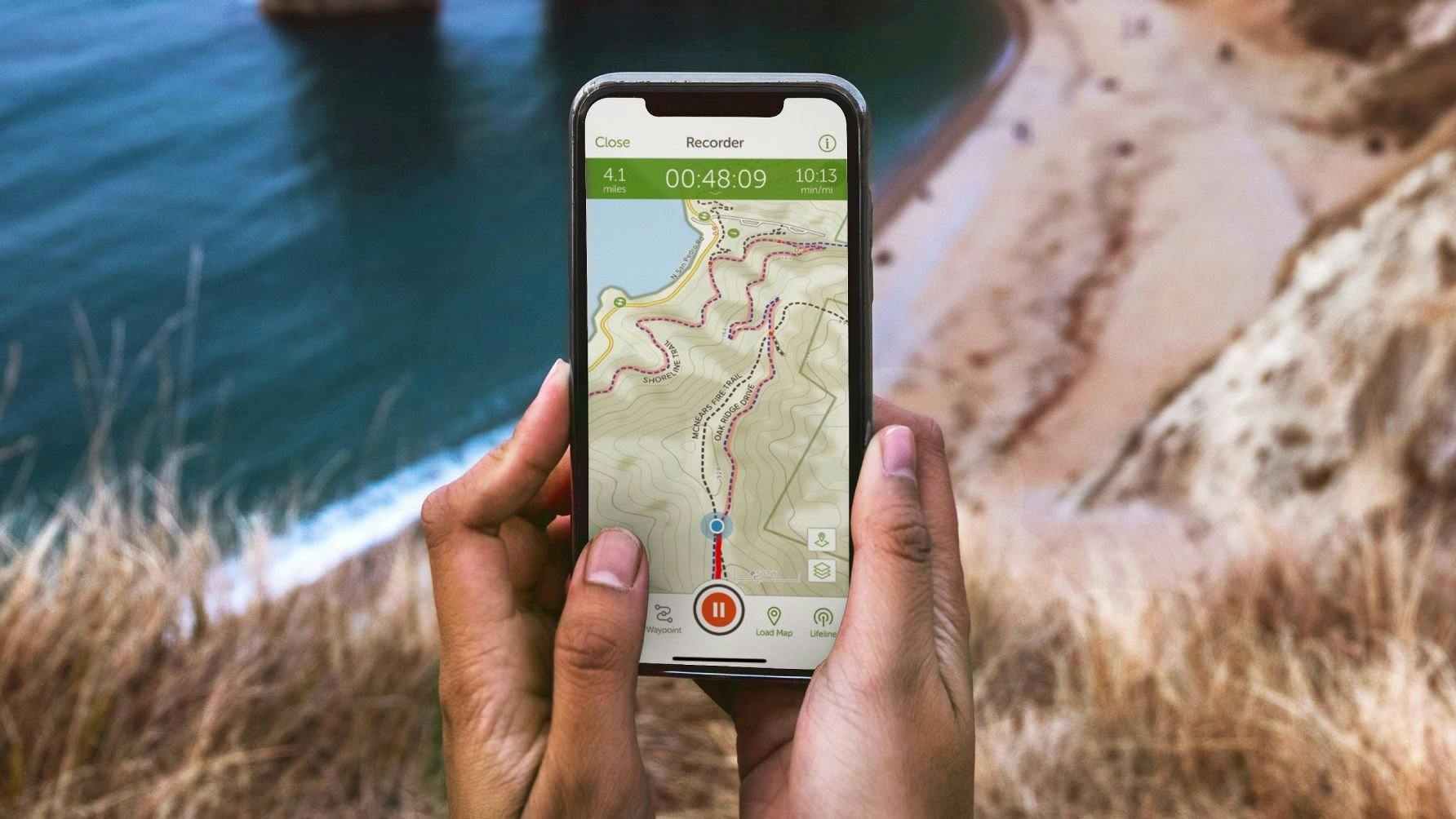Centralizing User Data on a Single Platform for Better Organization-Wide Analysis
AllTrails is a digital platform that empowers people to get outside and explore outdoor recreational trails around them. Their freemium subscription model provides information on more than 350,000 trails from every country in the world, to 40 million users around the world. They have a huge, global user base to draw from for digital analytics and marketing.
Complexity stole engineers’ time
Data architecture can be very time-consuming to manage. For example, at AllTrails, analysts and engineers worked together to create a homegrown JSON schema library that defines which events to collect within a GitHub repository. Analysts create events and properties, engineers approve these, and then that JSON schema is built into a custom SDK platform, per platform, through automation. Maintaining a custom SDK generator for each platform can be cumbersome at times and can lead to delays in the collection of new analytics events while waiting on new functionality to be built. “Every time we want to support a new property type or a new platform, we have to build that ourselves,” says Andrew Scarani, Manager of Data Science and Engineering at AllTrails.
The GitHub repository is also challenging for non-technical team members, like product managers, who have a hard time reviewing pull requests to ensure it meets their requirements. There is no way to add images or other media to clarify which events were being governed. “We realized we’d like to get off our homegrown SDK library and start using a CDP solution,” Scarani says.
AllTrails considered various standalone customer data platform (CDP) options, but they were already using Amplitude Analytics, and Amplitude’s new CDP met the needs of various stakeholders within the company. AllTrails found they could easily scale and extend their capabilities with without adding another vendor into the mix.
A centralized setup brings clarity
AllTrails uses Amplitude Data to standardize and consolidate event collection, helping them be more proactive in how they govern data, and using the same events for all analytics as well as downstream systems. AllTrails has recently built an AWS Kinesis data stream integration to send near-real time data to their marketing platforms. This allows AllTrails to optimize ads on platforms like Google Ads and Facebook Ads, and allocate spend based on performance.
“It used to take quite a long time to integrate with all of these marketing platforms,” Andrew Scarani, Manager, Data Science & Engineering at AllTrails recalls. “Consolidating the way we format and transform the data reduces time to launch new capabilities.”
With the greater integration of downstream systems comes more advanced targeting and personalization, especially as more AllTrails teams connect to the Amplitude data.
Lessons learned
Using a CDP has cross-organizational benefits, but only if implementation is a cross-organization collaboration. Scarani learned that there must be synchronization among teams. “You have to make sure the solution meets the immediate and long-term goals of all those stakeholders,” he says. A proof of concept can help show internal partners the value and ensure that the final integration process goes well, with all the data being instrumented correctly.
To integrate a CDP, provide all your stakeholders with a clear vision of the future you’re trying to build
There are tangible results to adopting a CDP, such as users receiving more personalized experiences that ultimately drive higher conversion rates. For Andrew’s team, however, it comes down to two words: less time. “It’s less time spent fixing data issues, less time to start tracking new events, and less time integrating with downstream systems,” he says. That leaves his team more time to answer the big data science questions that will push AllTrails forward and get more people outdoors.
